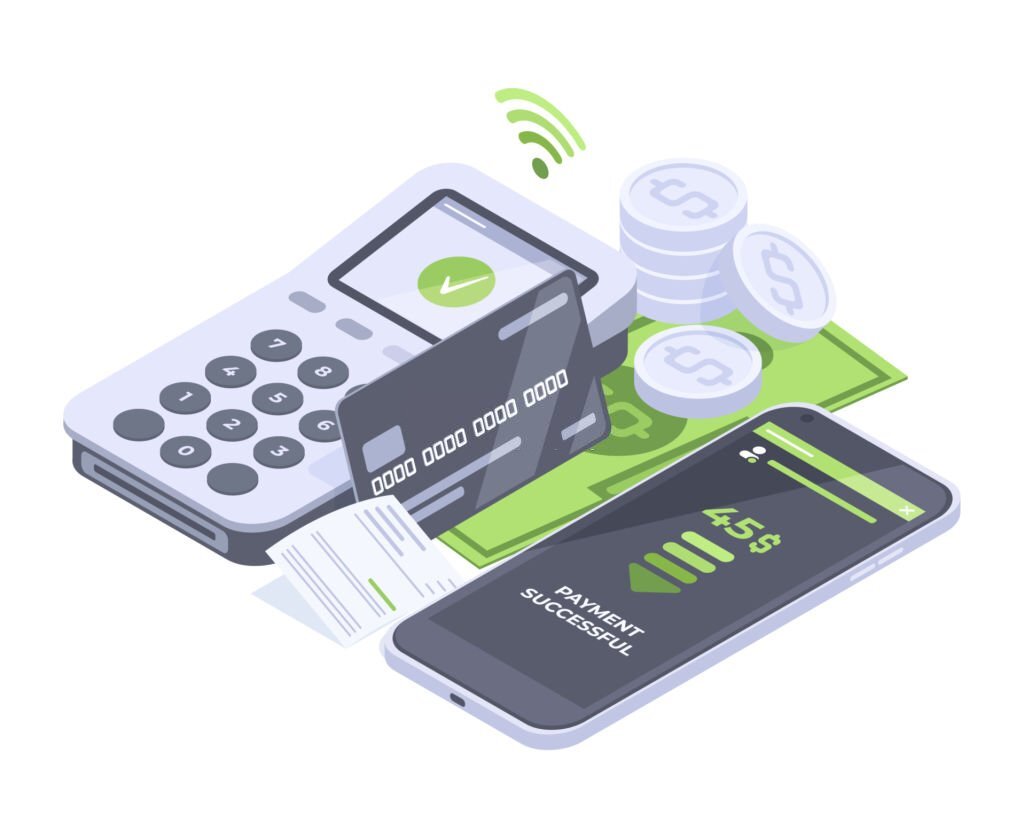Contents
- 1 The Importance of Data Analysis in Revenue Collection
- 2 Effective Strategies for Revenue Collection FAQs
- 2.1 Q1: How can businesses overcome revenue collection challenges?
- 2.2 Q2: Why is data analysis important for revenue collection?
- 2.3 Q3: How can technology enhance revenue collection?
- 2.4 Q4: What are effective communication strategies for revenue collection?
- 2.5 Q5: How can businesses optimize pricing?
- 2.6 Q6: Why is continuous improvement important for revenue collection?
Introduction
In today’s competitive business world, unlocking revenue is crucial for sustainable growth. However, many companies struggle to collect revenue effectively. This article explores strategies to increase revenue collection and provides insights for businesses aiming to improve their efforts.
Understanding Revenue Collection Challenges
Collecting revenue can be challenging when customers pay late or not at all, causing cash flow issues. Businesses often find it hard to understand why customers don’t pay, whether due to financial difficulties or dissatisfaction with products or services. By understanding these challenges, companies can develop effective strategies to overcome them.
The Importance of Data Analysis in Revenue Collection
Data analysis is crucial for unlocking revenue. By analyzing customer behavior, payment patterns, and revenue trends, businesses gain insights to identify problems and take proactive measures. This helps prevent revenue loss and improve financial performance.
Building Customer Trust and Loyalty
Trust and loyalty are vital for revenue collection. Businesses must build strong relationships with customers to ensure consistent revenue. By providing excellent experiences, reliable products or services, and transparent communication, companies can earn trust and loyalty, leading to higher customer retention and increased revenue.
Leveraging Technology for Revenue Collection
Technology plays a significant role in revenue collection strategies.


Automation tools, customer relationship management (CRM) systems, and online payment platforms streamline the collection process, reducing paperwork and improving efficiency. Embracing technology helps optimize revenue collection, accuracy, and customer convenience.
Optimizing Pricing Models
Finding the right pricing balance is crucial for revenue generation. Businesses should consider profitability and competitiveness when setting prices. Conducting market research, analyzing competitors’ pricing strategies, and understanding customer preferences can help optimize pricing models for maximum revenue.
Effective Communication Strategies
Clear and concise communication is key for successful revenue collection. Businesses should communicate payment terms, due dates, and available payment methods clearly to avoid misunderstandings and delays. Promptly addressing customer inquiries and resolving disputes fosters customer relationships and facilitates revenue collection.
Streamlining Internal Processes
Efficient internal processes are essential for revenue collection. Streamlining billing, invoicing, and payment reconciliation minimizes errors and speeds up collections. Standardizing procedures, implementing reliable financial systems, and training employees on efficient revenue collection practices improve operations and revenue outcomes.
Outsourcing Revenue Collection
Outsourcing revenue collection can be an effective option for resource-constrained businesses or complex collection challenges. Professional debt collection agencies have the expertise to recover revenue successfully. Outsourcing allows companies to focus on core competencies while benefiting from specialized collection professionals.
Implementing Incentives and Rewards
Incentives and rewards can motivate customers to pay on time, boosting revenue collection. Offering discounts for early payments, loyalty rewards, or exclusive privileges encourages customers to prioritize their financial obligations. These initiatives provide added value to customers while increasing revenue collection for businesses.
Embracing Continuous Improvement
Unlocking revenue is an ongoing process that requires continuous improvement.


Regularly assessing and refining revenue collection strategies helps businesses adapt to market changes and customer expectations. Embracing a culture of continuous improvement keeps companies ahead of the competition and opens new revenue streams.
Effective Strategies for Revenue Collection FAQs
Q1: How can businesses overcome revenue collection challenges?
To overcome challenges in collecting revenue, businesses should analyze why payments are not made, use data analysis to gain insights, build customer trust, and improve internal processes.
Q2: Why is data analysis important for revenue collection?
Data analysis provides insights into customer behavior, payment patterns, and revenue trends, helping businesses understand why payments are delayed and take proactive steps to improve collections.
Q3: How can technology enhance revenue collection?
Technology improves revenue collection by automating processes, using CRM systems to manage customer interactions, and providing online payment platforms for convenience and efficiency.
Q4: What are effective communication strategies for revenue collection?
Clear communication, proactive customer support, and addressing payment inquiries promptly are important for successful revenue collection.
Q5: How can businesses optimize pricing?
By researching the market, analyzing competitors, and understanding customer preferences, businesses can set prices that balance profitability and competitiveness for maximum revenue.
Q6: Why is continuous improvement important for revenue collection?
Continuous improvement ensures businesses stay relevant, adapt to changing customer expectations, and find new ways to increase revenue.
Conclusion
Unlocking revenue requires a strategic approach to revenue collection. By understanding challenges, leveraging data analysis, building customer trust, embracing technology, optimizing pricing models, using effective communication, streamlining processes, considering outsourcing, implementing incentives, and focusing on continuous improvement, businesses can maximize revenue while maintaining strong customer relationships. With these strategies in place, organizations can unlock their full revenue potential and thrive in today’s competitive landscape.
[wpforms id=”1678″ title=”true” description=”true”]
Read on
Budgeting and Budgetary Control
We have a firm belief that every organization has a unique purpose only they can fulfil in this world. We work with you in organizing your resources to exploit opportunities so that you can fulfil your purpose and realize full potential. We build the capacity of people, processes and systems for organizational success and growth as well as nurturing a thriving ecosystem.
Ready to enhance your skills and boost your career? Explore our corporate training programs now and start your journey to success.








Comment here